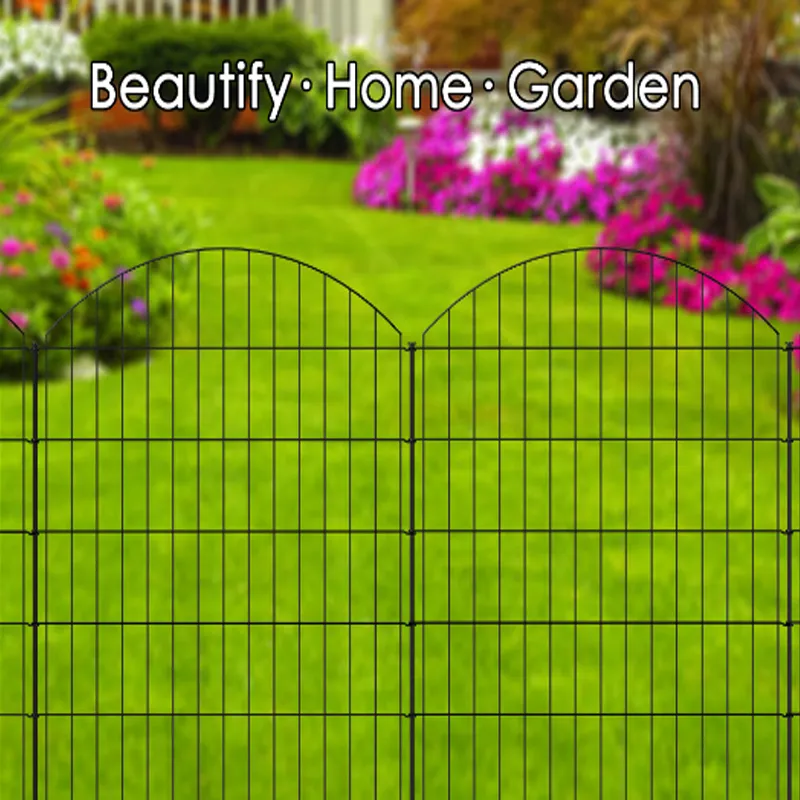Tomato Cages in Raised Beds A Gardener’s Essential Guide
Growing tomatoes in raised beds has become increasingly popular among gardeners, and for good reason. Raised beds offer numerous benefits, such as improved drainage, better soil quality, and easier access for planting and harvesting. However, growing tomatoes in a raised bed presents its own challenges, particularly regarding plant support. This is where tomato cages come into play.
Tomato plants are naturally vining and require support to help them thrive and produce a bountiful harvest. Without proper support, tomato plants can become tangled and spread across the ground, which increases the risk of disease and pests. This is why investing in sturdy and effective tomato cages is essential for successful tomato gardening in raised beds.
What Are Tomato Cages?
Tomato cages are typically made of wire, metal, or sometimes wood, and they provide vertical support to tomato plants as they grow. These cages come in various shapes and sizes, allowing gardeners to choose one that fits their specific needs and the variety of tomatoes they are planting. Some common types of tomato cages include fixed cages that are set in place at planting time and collapsible designs that can be easily stored when not in use.
Why Use Tomato Cages in Raised Beds?
1. Space Efficiency When you grow tomatoes in raised beds, efficient use of space is crucial. Caging your tomato plants helps keep them upright, allowing you to grow more plants in a contained area. This is particularly beneficial for gardeners with limited space, as vertical gardening techniques maximize the growing area.
2. Improved Airflow One of the key advantages of using tomato cages is that they promote better airflow around the plants. Improved ventilation helps reduce humidity levels in the foliage, which in turn can lower the risk of fungal diseases such as blight. By keeping plants elevated, cages ensure that leaves can dry out after rain or watering.
tomato cages in raised beds

3. Ease of Harvesting Caged plants are much easier to harvest than those sprawling on the ground. With the fruit elevated, gardeners can access ripe tomatoes without having to bend or kneel excessively. This can be particularly helpful for those with mobility issues or back strain.
4. Sun Exposure Tomato plants thrive on sunlight, and caging them helps ensure that they receive adequate light from all angles. When plants are elevated, lower leaves are less likely to be shaded out, allowing for better overall growth and fruit development.
Choosing the Right Tomato Cage
When selecting a tomato cage, several factors should be considered. The height of the cage is important; most tomato plants will thrive with support that is at least 4 to 6 feet tall. Material is also a critical consideration. Wire cages tend to be sturdy and durable, while wooden cages may offer aesthetic appeal but might require more maintenance over time.
Another option is to build a DIY tomato cage from materials you have at home, such as old wire fencing or bamboo stakes. Creative approaches can offer unique solutions, tailored to your garden’s specific needs.
Tips for Using Tomato Cages Successfully
1. Install Early Set up the cages at the time of planting to avoid disturbing the roots later in the season. 2. Secure the Base Ensure cages are securely anchored in the soil, particularly if you expect heavy winds or rain. 3. Prune Regularly Encourage healthy growth by pruning excess foliage and suckers that grow in the leaf axils.
In conclusion, tomato cages are an indispensable tool for any gardener looking to grow tomatoes in raised beds. They provide the support necessary for healthy, productive plants while maximizing garden space and reducing the risk of disease. With the right cage and proper care, you can enjoy a plentiful harvest of delicious homegrown tomatoes all season long.
















